Greenhouses are a popular way to grow plants in a controlled environment, but with this comes the risk of pests and diseases that can harm your crops.
This is where pesticides come into play. Are pesticides used in greenhouses to protect crops from insects, fungi, and other pests that could damage them? But have you ever wondered how they are handy? Here, we will discuss the importance of pesticides in greenhouses and how they are applied safely in five easy steps.
We will also cover best practices for pesticide use to ensure that your crops remain healthy without harming the environment or human health. Learn more about using pesticides in greenhouses and how they can benefit your gardening efforts.
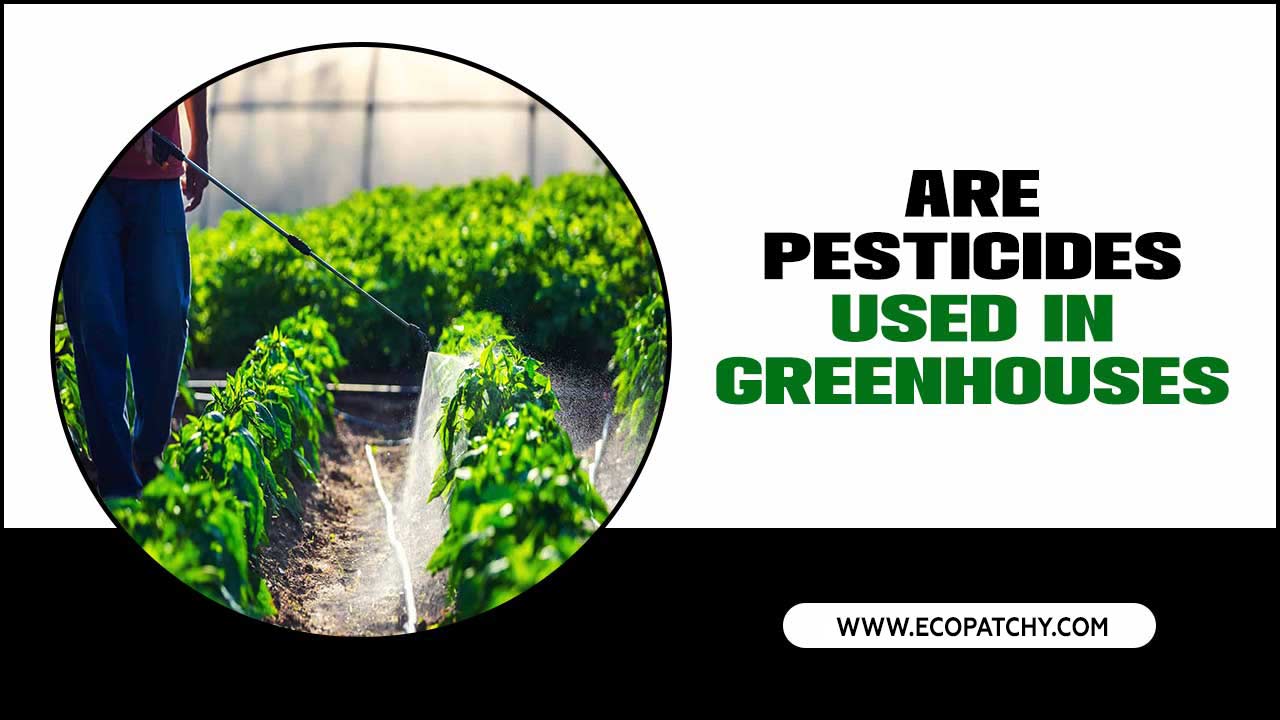
Importance Of Pesticides In Greenhouses
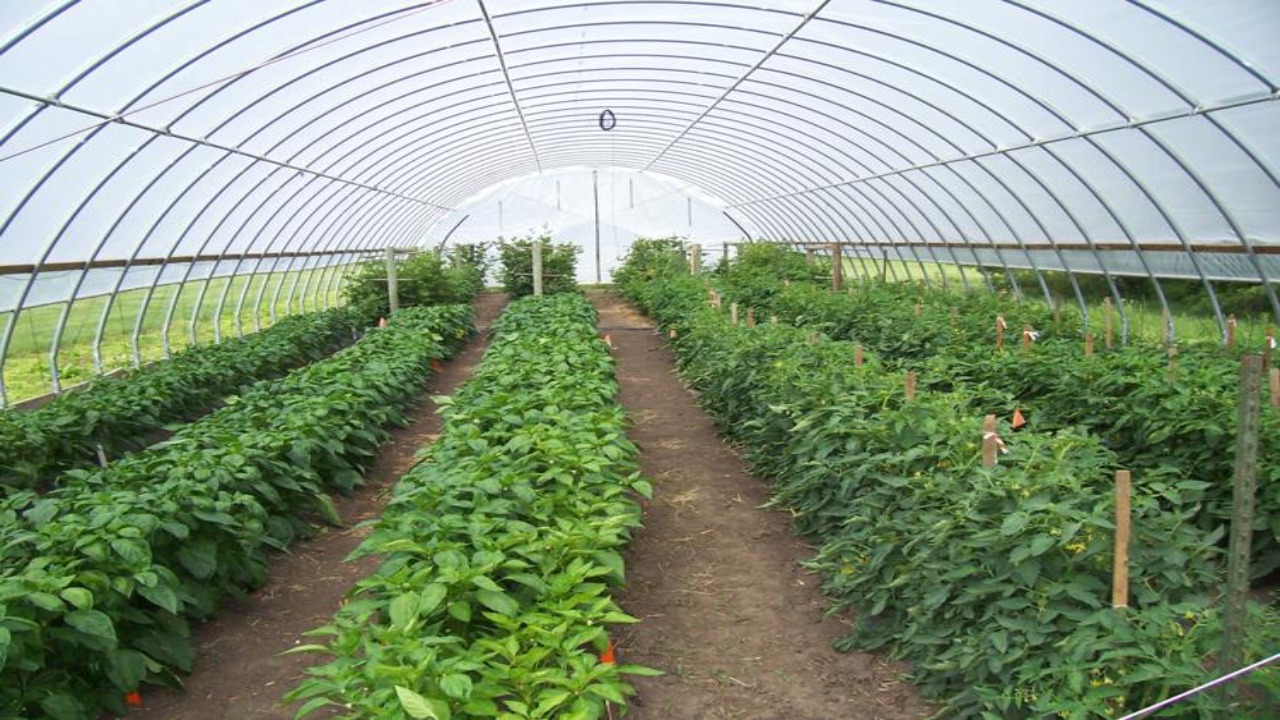
Pesticides play an important role in maintaining the health and productivity of crops in greenhouses. While greenhouses provide a controlled environment that helps protect plants from pests and diseases, they are not completely immune to these threats.
Pesticides are handy in greenhouses to prevent and manage pest infestations, including insects, fungi, and weeds. Using pesticides, greenhouse growers can effectively control pests and protect their crops from damage. However, it is important to note that the use of pesticides in greenhouses should be done responsibly, following proper guidelines and regulations to minimize potential risks to human health and the environment.
How Are Pesticides Used In Greenhouses? – Detailed In 5 Steps
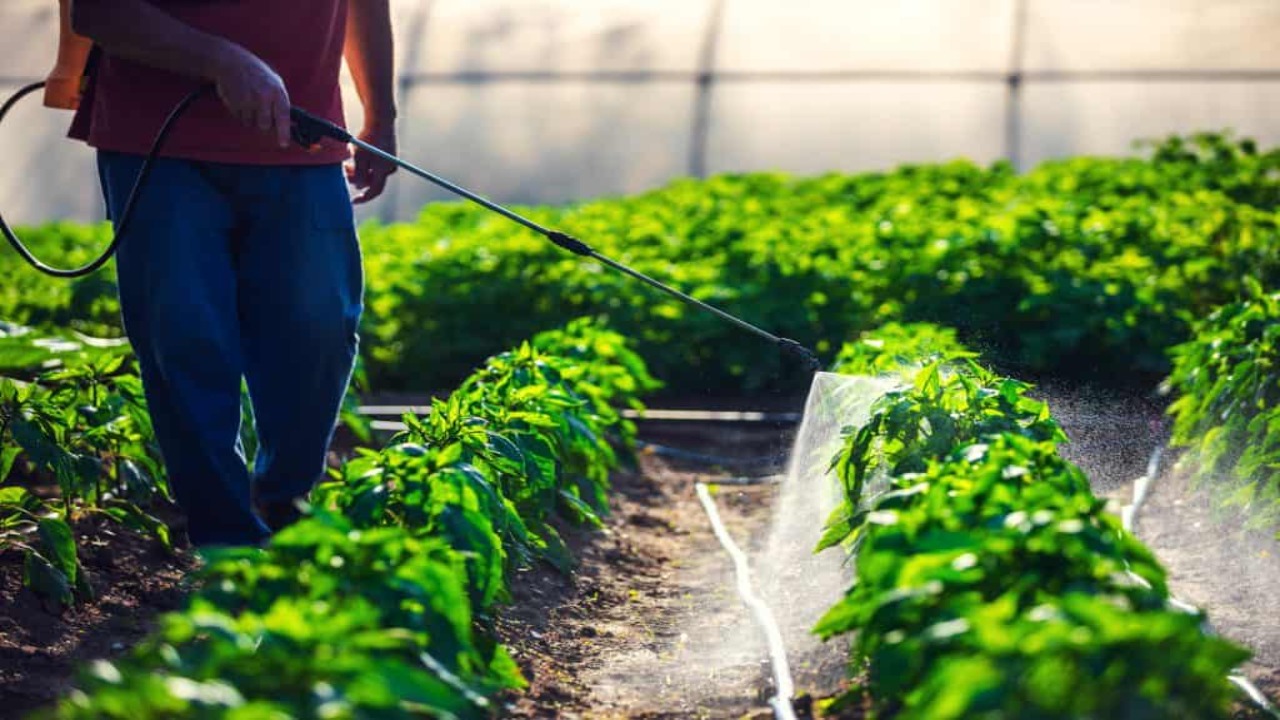
Pesticides are an essential tool in maintaining the health and productivity of plants in greenhouses. Their careful and strategic use ensures the prevention and control of pests that can hinder the growth of crops. Pesticides play a crucial role in maintaining the health and productivity of greenhouse crops.
With the ever-increasing demand for pesticide-free produce, greenhouse growers must understand how to properly and safely use pesticides. Here are five detailed steps on are pesticides used in greenhouses.
1.Identifying Pest Problems

Identifying pest problems is an important step in managing them effectively in greenhouses. While greenhouses have specific designs to provide a controlled environment for plants, pests can still find their way in and cause damage. Aphids, whiteflies, mites, and fungus gnats are common pests found in greenhouses.
To identify pest problems, it is important to regularly inspect plants for signs of damage, such as chewed leaves or wilting. Additionally, monitoring sticky traps and using magnification tools can help detect the presence of pests that may not be visible to the naked eye. Once we identify pests, we can take appropriate measures to control their population and minimize plant damage.
2.Selecting The Right Pesticide

When selecting pesticides for greenhouses, it is important to consider the target crop, pest problems, and the mode of action. To prevent insecticide resistance, experts recommend choosing pesticides with different modes of action. To ensure proper application rates, it is advisable to consult an extension specialist or refer to the pesticide label.
Consider factors such as spray applications, soluble packets, and cultivated greenhouse crops when selecting pesticides. It is also important to prioritize pesticides with low environmental impact and comply with worker protection standards. By carefully selecting the right pesticide, greenhouse growers can effectively manage insect pests and disease problems while minimizing potential risks.
3.Applying Pesticides Safely

Regarding the use of pesticides in greenhouses, safety should always be the top priority. While some greenhouse growers may choose to use pesticides as a means of pest control, it is important to apply them safely to minimize any potential risks. Here are some guidelines for safely applying pesticides in greenhouses:
- Read And Follow Label Instructions: Before using any pesticide, carefully read and follow the instructions provided on the label. This includes wearing appropriate protective gear and using the correct dosage.
- Choose The Right Pesticide: Select a pesticide that is approved for use in greenhouses and is specifically formulated to target the pests you are dealing with. Avoid using broad-spectrum pesticides that can harm beneficial insects.
- Time Application Carefully: Consider timing your pesticide applications when workers and other individuals are not present in or around the greenhouse. This helps to minimize exposure to potentially harmful chemicals.
- Use Proper Application Techniques: Apply pesticides using appropriate equipment, such as low-pressure sprayers or dusters, to ensure even coverage while reducing drift and waste.
- Store And Dispose Of Pesticides Properly: Store pesticides in a secure area away from food, water sources, and areas where they can come into contact with people or animals. Dispose of empty containers according to local regulations.
Remember, professionals or agricultural extension services always recommend consulting and seeking guidance for specific recommendations on safe pesticide use in greenhouses. By following these safety measures, greenhouse growers can effectively manage pests while minimizing potential risks to human health and the environment.
4.Monitoring And Evaluating Pesticide Effectiveness
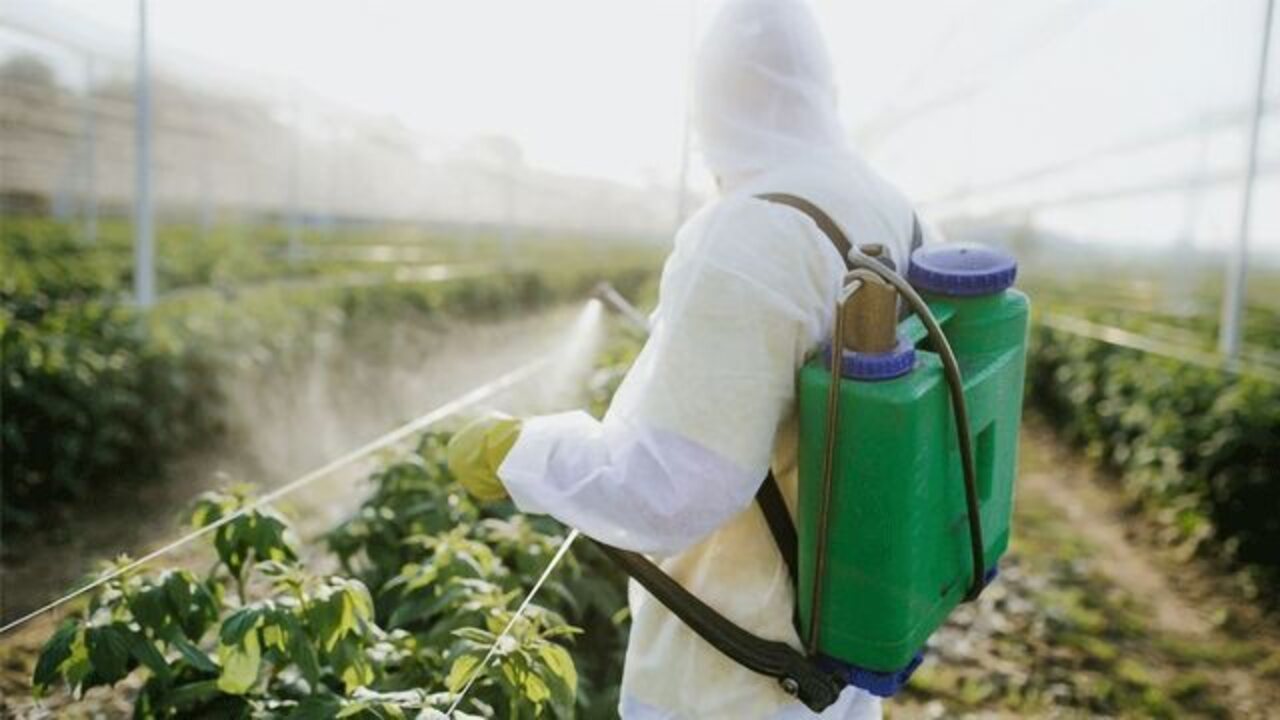
Monitoring and evaluating the effectiveness of pesticides is an important aspect of greenhouse management. While greenhouses provide a controlled environment that can help reduce the need for pesticides, they are not completely immune to pests and diseases.
Regular monitoring involves inspecting plants for any signs of infestation or disease, such as discolouration, wilting, or the presence of pests. If you identify a problem, you should take appropriate action to address it. This may involve applying pesticides or implementing alternative pest control methods, such as biological controls or cultural practices.
Evaluating the effectiveness of pesticide treatments is crucial to determine if they are achieving the intended results and if any adjustments need to be made. By closely monitoring and evaluating pesticide effectiveness, greenhouse growers can maintain healthy plants and minimize the impact of pests and diseases on their crops.
5.Proper Disposal And Recordkeeping Of Pesticides
When the use of pesticides in greenhouses, proper disposal and recordkeeping are essential. Greenhouse operators must adhere to strict guidelines and regulations for the handling and disposal of pesticides to ensure the safety of workers and the environment.
This includes keeping detailed records of pesticide usage, including the type, amount, and date of application. These records are important for tracking pesticide usage, monitoring effectiveness, and complying with regulatory requirements.
Additionally, you must follow proper disposal methods to prevent contamination of soil, water sources, and surrounding ecosystems. This may involve using approved disposal sites or participating in pesticide collection programs. By prioritizing proper disposal and recordkeeping practices, greenhouse operators can minimize potential risks associated with pesticide use and demonstrate their commitment to sustainable and responsible agricultural practices.
Best Practices For Pesticide Use In Greenhouses
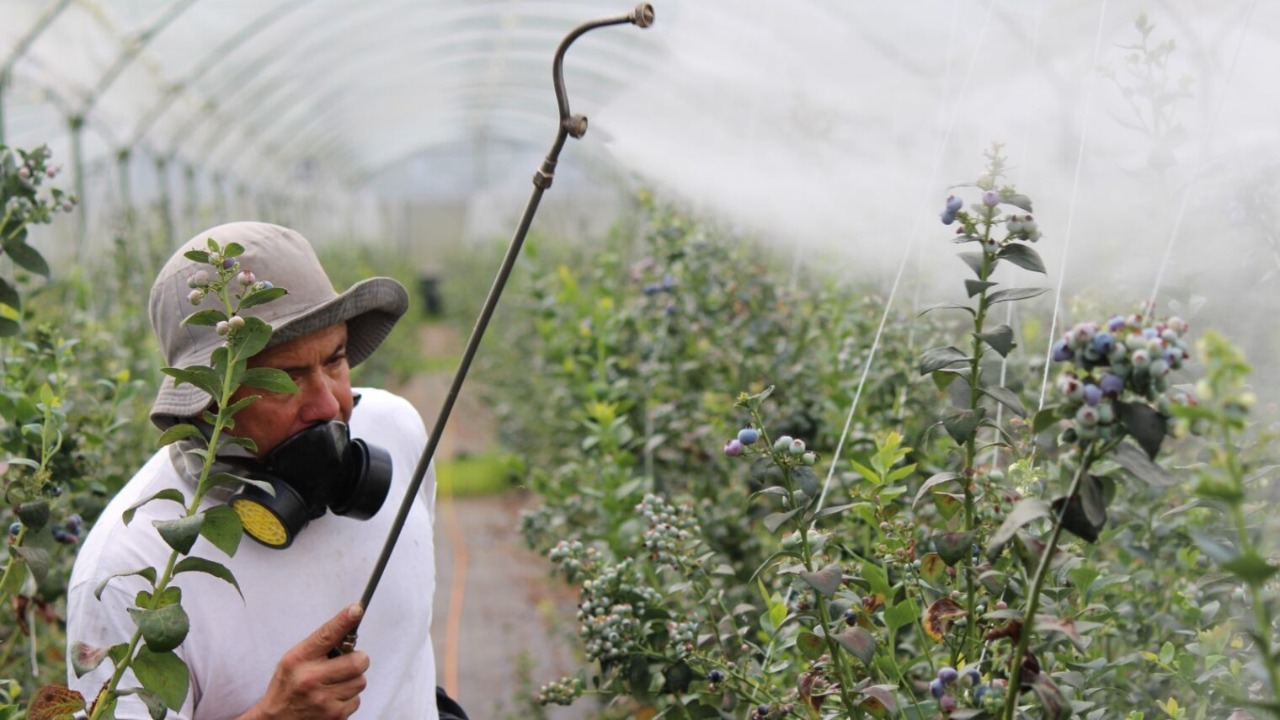
Regarding pesticide use in greenhouses, there are best practices that can help minimize the environmental impact and ensure the health and safety of both plants and workers. Here are some important guidelines to follow:
- Integrated Pest Management (Ipm): Implementing an IPM approach can help reduce the need for pesticides by focusing on prevention, monitoring, and control of pests. This includes regularly inspecting plants, using biological controls, and employing cultural practices that discourage pest infestations.
- Proper Application Techniques: When applying pesticides, it is crucial to follow label instructions carefully. This includes wearing appropriate protective clothing, using the recommended dosage, and applying at the right time to target specific pests while minimizing exposure to beneficial organisms.
- Record Keeping: Keeping detailed records of pesticide use is essential for tracking applications, identifying patterns or issues, and ensuring compliance with regulations. This information can also be valuable for future decision-making regarding pest management strategies.
- Training And Education: Regular training and education for greenhouse staff is important to ensure proper handling and application of pesticides. This includes understanding safety protocols, recognizing potential risks, and staying up-to-date on new developments in pest management techniques.
By following these best practices, greenhouse operators can effectively manage pests while minimizing the environmental impact of pesticide use. It is always advisable to consult with experts or seek professional advice when dealing with pest issues in greenhouses.
Conclusion
To ensure the health and productivity of your greenhouse plants, it is crucial to understand the importance of using pesticides effectively. By identifying pest problems, selecting the right pesticide, applying it safely, monitoring its effectiveness, and properly disposing of it, you can maintain a pest-free environment and optimize the growth of your plants.
However, it is essential to follow best practices for pesticide use in greenhouses to minimize any potential harm to the environment and human health. Always read and follow the instructions on the pesticide label and consider alternative pest management strategies whenever possible. By prioritizing the responsible and effective use of pesticides, you can ensure the success of your greenhouse operation. We hope you understand are pesticides used in greenhouses.
Frequently Asked Questions
1.Do You Need To Use Pesticides In A Greenhouse?
Ans: Pesticides may not always be necessary in greenhouses. Integrated Pest Management (IPM) techniques, like introducing beneficial insects, can control pests naturally. However, if pesticides are handy, following safety precautions and using approved products is crucial.
2.What Are The Three Most Common Types Of Pest Control Used In The Greenhouse?
Ans: The greenhouse employs three common types of pest control techniques. Biological control utilizes natural predators to manage pests. Chemical control involves the use of approved pesticides for greenhouse applications. Cultural control manipulates the greenhouse environment to prevent pest infestations.
3.Do Pesticides Release Greenhouse Gases?
Ans: Pesticides themselves do not release greenhouse gases. However, the production and transportation of pesticides can contribute to greenhouse gas emissions. Certain pesticides may also harm natural ecosystems and indirectly contribute to climate change. Integrated Pest Management (IPM) techniques can reduce the need for pesticides in greenhouses and promote sustainable practices.
4.Do Greenhouses Protect Plants From Insects?
Ans: Greenhouses can protect against insects, depending on their construction. Some use screens or nets to keep insects out, while others rely on pesticides. However, an increasingly popular and safer alternative to pesticides is the use of biological control methods. Regular monitoring and maintaining the greenhouse environment are essential for preventing insect infestations.
5.What Constitutes A New Pesticide?
Ans: A new pesticide is an active ingredient not previously registered with the EPA. To gain registration, it must undergo a thorough evaluation by the EPA to ensure it meets safety and efficacy standards. The registration process involves comprehensive testing and data collection on its impact on human health and the environment. Pesticide manufacturers must provide detailed information about their products for registration.
